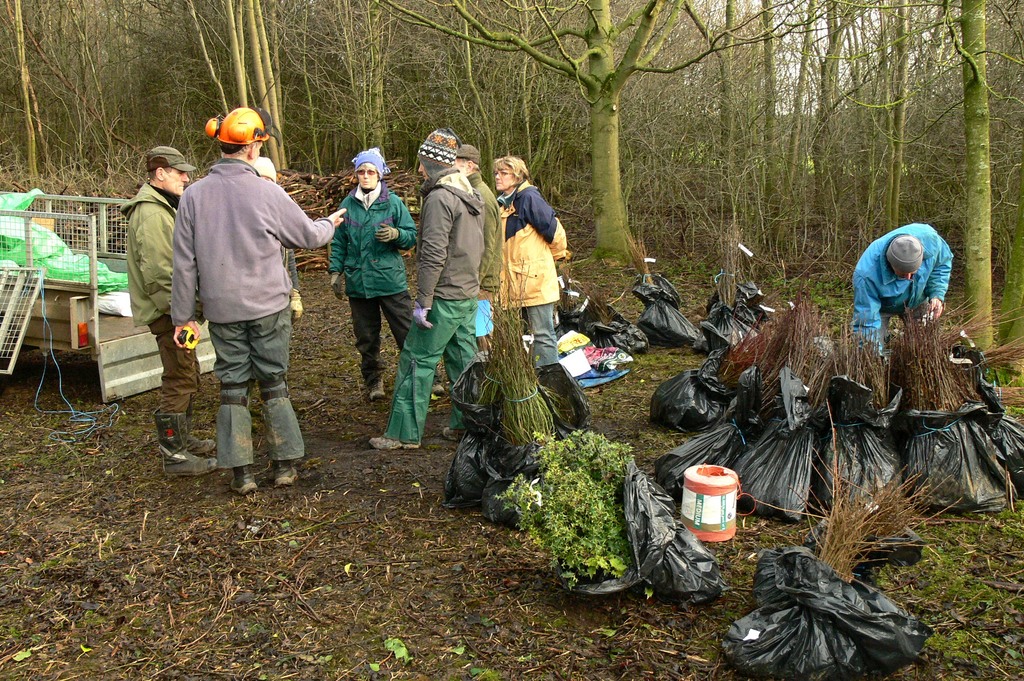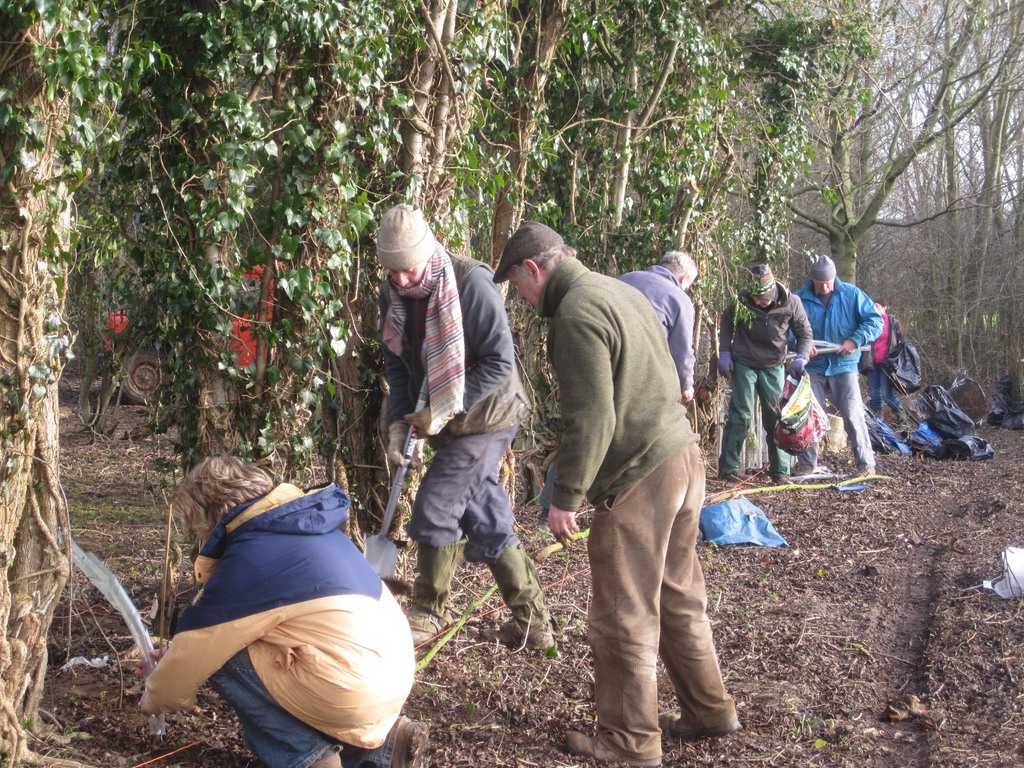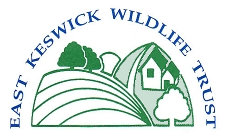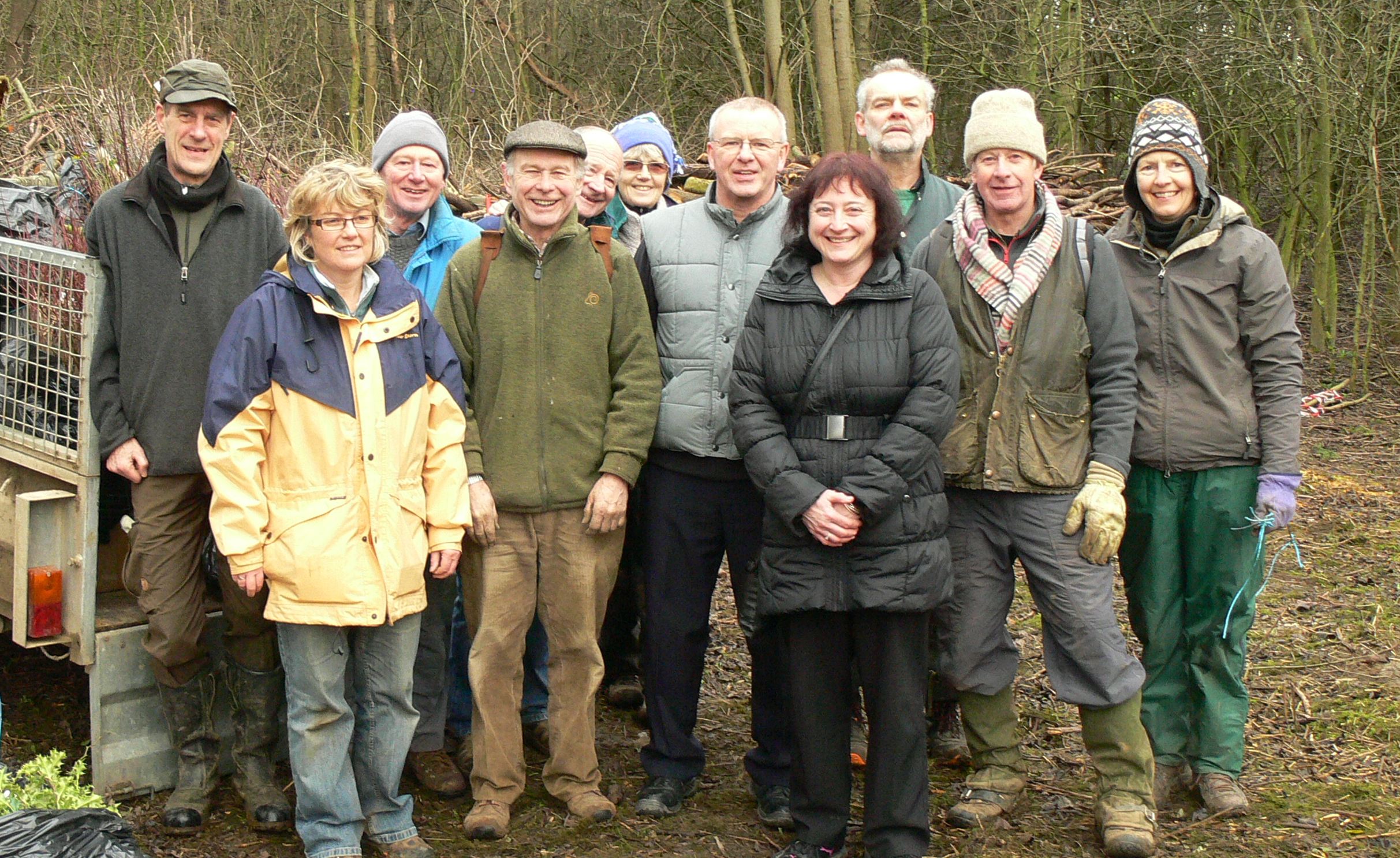This land was purchased and established as a nature reserve by the Trust in 2014 through generous donations and the Landfill Communities Fund (Grantscape). The nature reserve is open to the public and the footpaths are permissive, not a right of way.
History
The Ellikers is a mosaic of pasture, woodland and fen and was farmed until the late 1960s as meadows for hay and pasture for grazing stock. They are some of the few remaining unimproved pastures and meadows in the Parish, having not been subject to intensive modern agricultural practices. Consequently, they have a rich and varied flora and fauna. The wooded area was once grazed pasture land and has regenerated naturally from self-sown seed since grazing ceased in the late 1960s.
Geology
The rock underlying the top of the pasture is Magnesian Limestone, a rock type uncommon in the British Isles. It was formed in the Permian period, some 260 million years ago, at the edge of a large inland sea. It is part of a narrow ridge that stretches from Nottingham in the south to South Shields in the north. The limestone overlays the more acidic Carboniferous Millstone Grits which are found to the lower part of the pasture and the wood. The high pH of ground water running from the upper limestone slopes has an influence on soils lower down the slope and as a result they support a calcareous flora.
Flora
Some of the native plants found in the grassland are Cowslip, Meadow Cranesbill, Field Scabious, Yellow-rattle, Bird’s-foot and Greater Bird’s-foot Trefoil, St John’s Wort, Oxeye Daisy, Crosswort, Sweet Violet, Pignut, Hogweed and a variety of vetches. In Spring the woodland ground flora is dominated by Dog’s Mercury, while Bluebells are found with Sweet Violets. After the creation of the rides and glades, former meadow and pasture species re-established themselves in response to increased sunlight reaching the ground and are now widespread.
Wildflower Project
At the entrance to the reserve, Magnesian Limestone chippings were laid to form a substrate for a wildflower enhancement project to improve the variety of native flora. Locally uncommon wildflower seeds were collected from the Parish and immediate locality, germinated and then sown and plug planted into the reserve entrance and pastures. These include Greater Knapweed, Dyers Greenwood, Marjoram, Restharrow, Ladies Bedstraw, Rock Rose and White and Bladder Campion. In the woodland Woodsage, Stitchwort, Aquilegia, Bugle and Wood Anemone have been introduced, again grown from seeds of local Parish provenance.
Butterflies
Due to the varied habitats many of the butterflies found in the Parish breed here:
April to June – Speckled Wood, Orange-tip, Holly Blue and Comma can be seen
July to September – Meadow Brown, Ringlet, Gatekeeper, Small and Large Skipper, Small, Large and Green-veined White, Peacock and small Tortoiseshell can be found.
Planting Alder Buckthorn within our hedgerow around the reserves has attracted the Brimstone butterfly. White-letter Hairstreaks are common in the woodland Elm canopy as are Purple Hairstreaks in the Oak canopy.
Management
At appropriate times of the year the pastures are grazed by Dexter cattle and Hebridean sheep. This maintains the rich flora by reducing the dense grass sward and prevents reversion to woodland. Managing the reserve in this way results in a balance between scrub, bramble patches, woodland and pasture necessary for a rich variety of wildlife. In the woodland, rides, glades and coppice have been established with additional planting of native tree species, adding diversity to the current woodland structure. The reserve boundaries have been planted with native hedgerow species.
The reserve is fragile, please take care of it:
Please keep to the paths
Dogs must be kept on a lead at all times
Cycling is prohibited
No unauthorised camping or fires
Please do not remove any flora or fauna without permission
Do enjoy your visit

Planning the work. All the saplings are bagged into separate species and ready for dividing into lots for planting.

It’s all hands to the deck for the Friday work party . . . dig the hole, plant the tree, insert the cane and fit the spiral guard.



